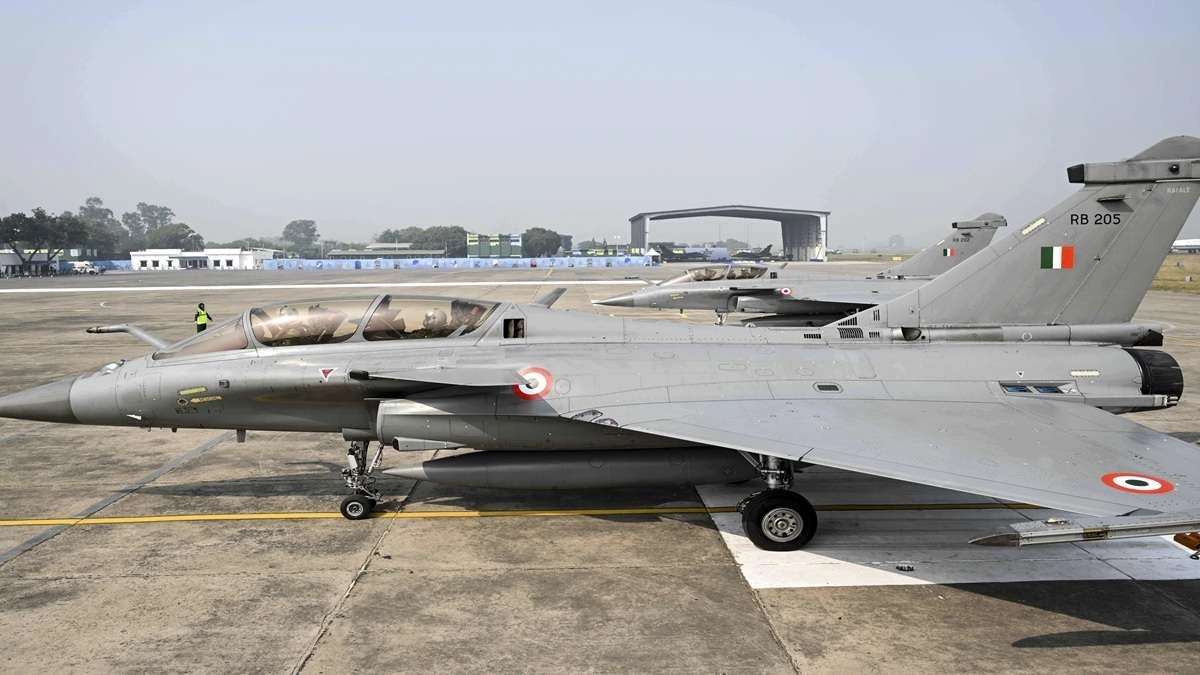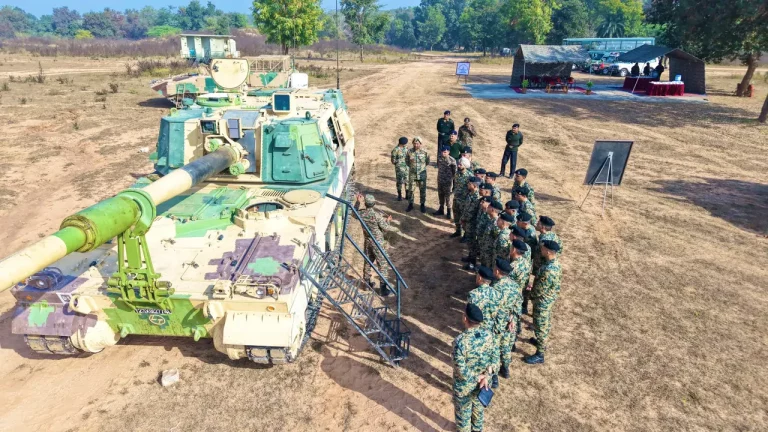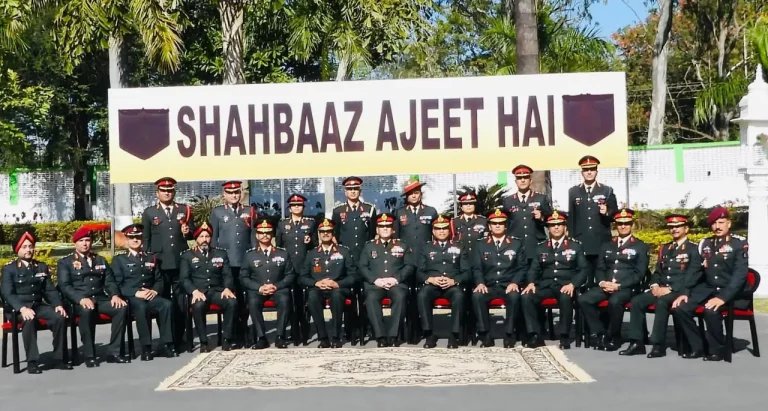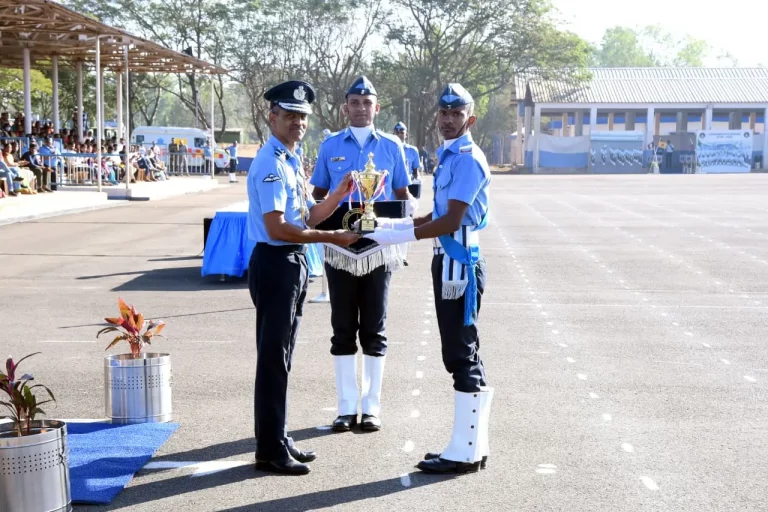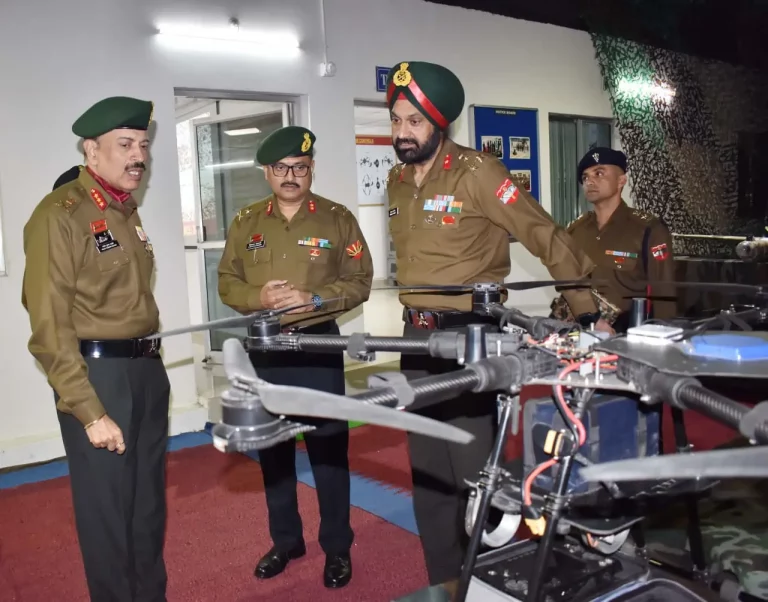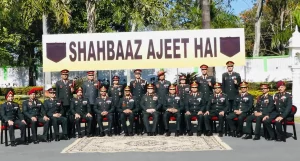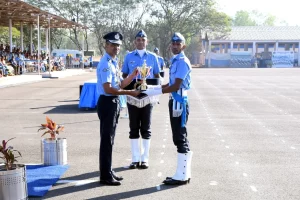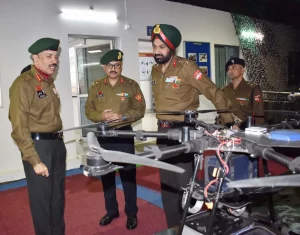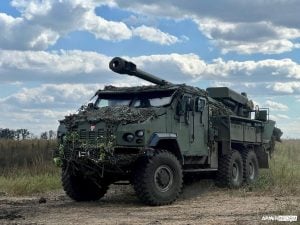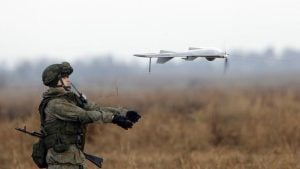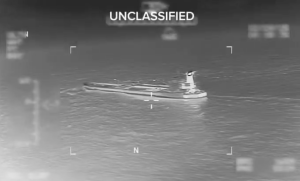In a significant enhancement of its air superiority and long-range striking capabilities, India is on the verge of acquiring another batch of Meteor beyond-visual-range (BVR) air-to-air missiles for the Indian Air Force’s (IAF) Rafale fighter jets. This acquisition proposal, estimated to be worth approximately ₹1,500 crore, is currently undergoing advanced stages of approval within the Defence Ministry and is anticipated to receive the green light in an upcoming high-level meeting, according to defence sources.
Manufactured by the European defence company MBDA, the Meteor missile is considered one of the world’s most sophisticated BVR weapons, designed to engage aerial targets from distances exceeding 200 kilometres. It offers a strategic advantage in air combat situations through a combination of long-range engagement capabilities and high precision, effectively creating a no-escape zone for adversaries.
Exclusively Compatible with Rafale Fleet
The Rafale multirole combat aircraft stands as the sole platform within the IAF that can deploy Meteor missiles. India initially secured this weapon system alongside the first batch of 36 Rafale fighters acquired from France in 2016. Furthermore, the Meteor will be integrated into an upcoming fleet of 26 Rafale Marine jets, set to join the Indian Navy in the near future.
Operational Significance and Regional Context
The inclusion of the Meteor missile is a strategic maneuver by India in response to the evolving aerial threats in the region. The missile showcased its operational significance during Operation Sindoor in May 2025, when IAF Rafales executed precision strikes on terrorist and military installations across the border. Pakistan’s attempts at retaliation, involving Chinese-origin PL-15 missiles, reportedly met with failure.
According to defence sources, Pakistan has amassed significant quantities of PL-15 BVR missiles from China, which has prompted India to bolster its own air-to-air arsenal in a bid to sustain aerial dominance.
Indigenous BVR Missile Programme
Alongside the Meteor acquisition, India is actively progressing in its indigenous initiative aimed at equipping the entire fighter fleet with robust BVR capabilities. The Defence Research and Development Organisation (DRDO) is currently developing around 700 Astra Mk-II missiles, each capable of engaging targets over distances of 200 kilometres. These will be deployed on Su-30MKI and LCA Tejas aircraft.
In the meantime, the Rafale fleet will maintain its reliance on the Meteor missile for its BVR combat advantage and may eventually be fitted with indigenous anti-radiation missiles that are currently in development.
Strategic Impact
The procurement of the Meteor missile symbolizes India’s commitment to maintaining air superiority across various operational theatres. By blending high-end imported systems like the Meteor with indigenous projects such as Astra Mk-II, the IAF is moving towards a balanced, future-ready aerial combat capability that merges technological sophistication with strategic self-reliance.
